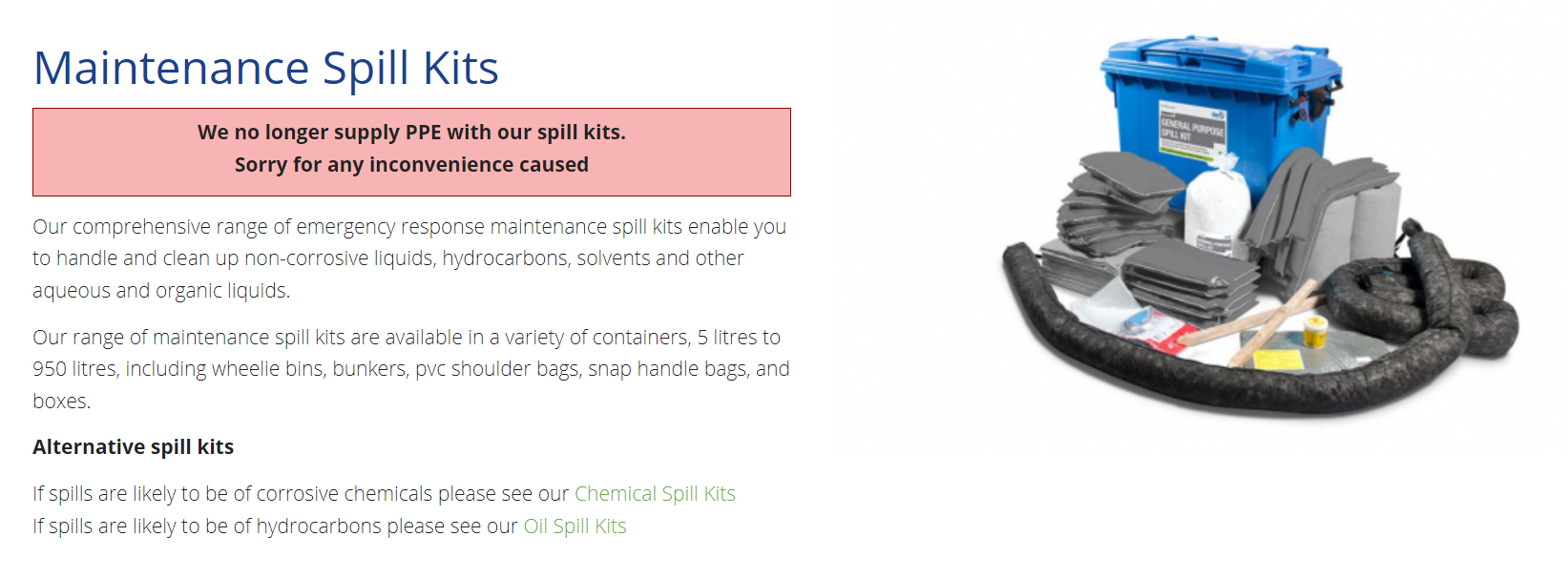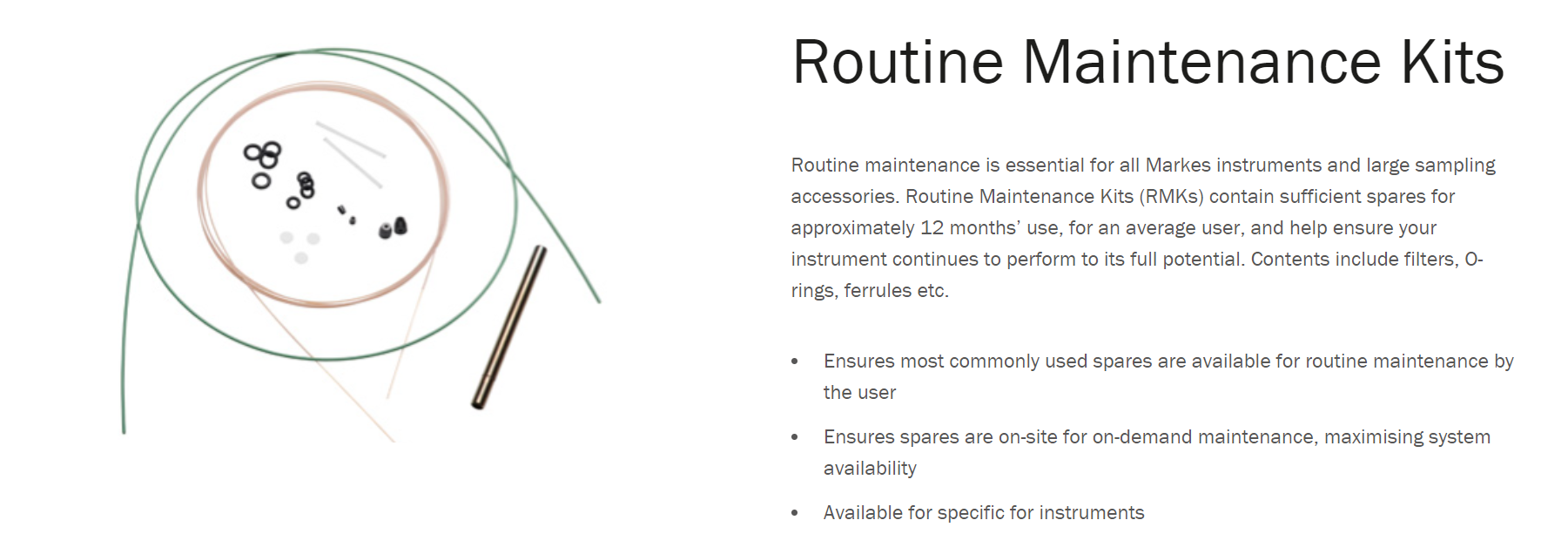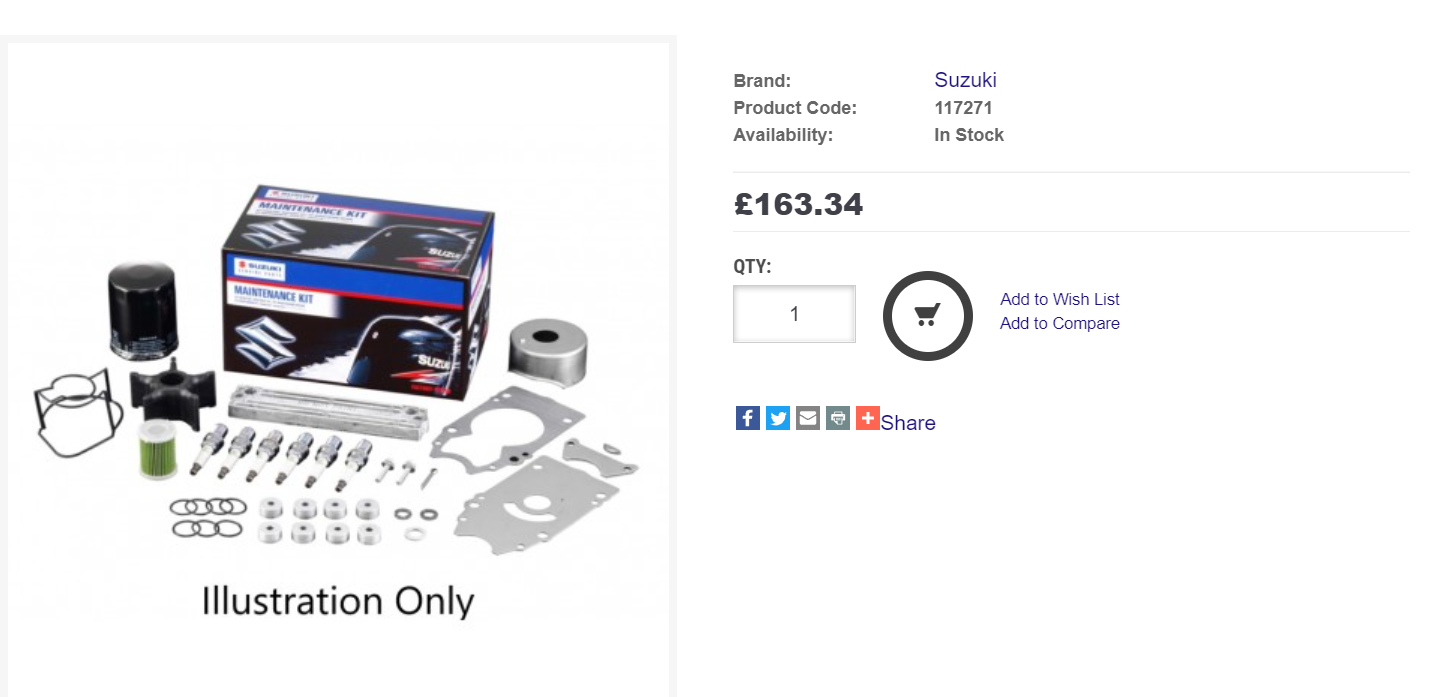 Maintenance kits streamline workflow, reduce inventory, and make your maintenance technicians more efficient. However, integrating kitting into your maintenance workflow is not something that can be implemented overnight.
Maintenance kits streamline workflow, reduce inventory, and make your maintenance technicians more efficient. However, integrating kitting into your maintenance workflow is not something that can be implemented overnight.
Let’s see how to successfully introduce it into your organization by avoiding common pitfalls and having a clear understanding of the kitting process — from start to finish.
What are maintenance kits?
The theory behind maintenance kits is simple. If you have a planned maintenance task to complete in the near future, warehouse personnel can assemble everything you need to complete that task into one box. This includes spare part components and sub-assemblies, consumables, and even special tooling.
Such a kit is allocated a unique stock number and given a store location. With that, it is ready for use on maintenance day.
When the technician receives a task, one trip to the store allows him to draw everything needed to complete the job. Some workplaces deliver the kit to the job site. This removes the need for technicians to travel to the store and possibly get stuck in a queue.
Maintenance kits suit all tasks that are planned ahead — including preventive maintenance, repairs, and shutdowns.
Partial kitting can also be done for tasks involving disassembly for troubleshooting purposes. While the outcome of the troubleshooting can be unpredictable, the kit can cover the components needed for the known work of disassembly and reassembly. The technician can then order extra parts after they identify the problem.
Checklist for Creating a Preventive Maintenance Plan
Following a consistent Preventive Maintenance Plan can make life easier. Use this checklist to create your own!

Examples of maintenance kits from various industries
A great example of a standard maintenance kit is a kit assembled for an oil filter change. Such a maintenance kit might include:
- A new filter medium.
- The O-rings and gaskets required during filter.
- A new sealing washer for the oil drain plug.
Depending on the context of the filter change, the kit might even include a container to take the old oil for recycling, a sufficient supply of new oil, and consumables like rags and cleaning spray. More complex tasks might require overhauled or new components, equipment sub-assemblies, installation instructions, and even special tooling to aid installation or alignment.
Here are a few additional examples of pre-assembled maintenance kits you can buy online.

Maintenance spill kit. Source: Darcy

Routine maintenance kit for Markes instruments. Source: Markes International

Suzuki outboard maintenance kit. Source: Duncan Yacht
Who is responsible for assembling a maintenance kit?
As you could infer from the examples we shared earlier, kit development is not always managed by the organization doing the maintenance. Many industries use third-party logistics (3PL) providers to assemble and hold kits on their behalf.
Similarly, certain original equipment manufacturers (OEM) will pre-assemble maintenance kits with a dedicated part number, and keep them in stock for clients to order as required.
Outsourcing your kitting requirements can make good business sense by saving you space, improving your labor productivity, reducing your freight costs, lowering your labor costs, and reducing your inventory levels.
For this reason, the automobile industry uses kitting extensively, paying third-party providers or suppliers to not only build and hold kits but to deliver them to suit the build sequence of the vehicle on a just-in-time basis. Such arrangements remove the need for storage, with the parts moving from the delivery truck directly to the assembly line.
How does the maintenance kitting process work?
Here’s what your run-of-the-mill kitting process looks like:
- The maintenance planner schedules a maintenance task that requires a kit.
- The warehouse receives notification and begins assembling it (assuming one is not already in stock).
- The store’s person assigned with the task will use a kit list to pick the required components and assemble them into a suitable container, box, or pallet.
- Once assembled, they can assign it a unique stock code and place the maintenance kit in a dedicated warehouse/storeroom area.
- On maintenance day, the technician assigned the task will draw the kit from stock and transport it to the job site.
- On opening the kit, they check all components are present before beginning the task.
- On task completion, the technician returns the kit container and all the unused components to the store, signing the kit back in.
- The store’s personnel then run through a process to return the unused components to the stock system.
Tips to maximize the benefits of maintenance kitting
While kitting sounds like a straightforward process,it is really easy to mismanage. Follow the tips below to avoid common pitfalls.
Leave in-house kit development to qualified personnel
Always use maintenance personnel and engineering staff to design the kit’s contents. Do not allow warehouse personnel to guess what is required or base a kit on past usage.
Sometimes it makes sense to include parts other than those specified for the task, especially if it is more efficient to complete similar tasks or change multiple components while the asset is down for maintenance.
Continuously work on kit refinement
Having designed a kit, do not assume the contents will stay the same forever. Strive for continuous improvement by seeking feedback from the technicians each time they use a kit.
Are other components required? Are there too many components or parts of the wrong type? Would extra consumables help? Know what to ask — and who to ask.
Define kitting procedures for exceptions and emergencies
If a breakdown occurs and a component in a pre-assembled kit is required, the inventory system should show where to find the kit. The breakdown will usually take precedence over the planned maintenance task, with the required part removed from the kit and used to solve the breakdown.
The kit must then be indicated as unavailable for the planned task. Furthermore, the person overseeing the kits should notify maintenance planners and advise them to postpone the planned task.
The maintenance kit can be quarantined until a replacement component arrives to replenish it. It is inefficient and costly to stop a machine and begin a strip-down, only to find an essential part is missing and maintenance can’t continue.
Define procedures for returning items to inventory
Train your technicians to return the kit, and any unused components, to the store once the maintenance task is complete. The store workers can return the unused components to stock, making them available in inventory for future use.
Such discipline ensures only those spares used on the job are recorded within the task, correctly capturing and apportioning costs, and allowing kit refinement if necessary.
If you use maintenance software like Limble, it will automatically track costs and parts for you. Upon closing a maintenance task, Limble will ask the technician to confirm which parts they used and how much time they needed to complete the task. With that information, the software can automatically calculate costs and update spare parts and kit inventory stock.
Rein in your automatic reorder system
Where your inventory system allows it, do not show the parts in the kit as used until the task is signed off, or your technician returns the kit — and any unused parts — to the warehouse.
Automatic inventory reorder systems can be problematic if the inclusion of a part into a kit triggers an automatic reorder for replenishment. If the kit is unused and the parts subsequently return to stock, the business will carry excess inventory, which wastes capital and space.
Define how to handle unused maintenance kits
Apply a defined time for the kit to stay in the kitting area before being returned to stock. Businesses that use a lot of kits can find their storage space overwhelmed if kits remain unused due to canceled maintenance tasks.
Having kits sitting around unused can also promote robbing of spares and overstocking. If a task is canceled and the kit is unlikely to be used within the next two to three weeks, consider returning the kit to stock and only rekitting when rescheduling the task.
Use Limble CMMS to support your maintenance kitting process
Implementing maintenance kitting requires some thought. It pays to start small and prove your process on non-complex assets before scaling the strategy plant-wide.
Still, when used correctly, it can dramatically improve efficiency by keeping maintenance technicians on the job, reducing costs and inventory, and preventing situations where you plan a task that can’t be completed because parts are unavailable.
When it comes to planning, organizing, and tracking maintenance work and MRO inventory, nothing beats a modern, cloud-based maintenance software like Limble CMMS. Find out everything Limble can do for you today by scheduling a product demo or talking to our CMMS specialists.
